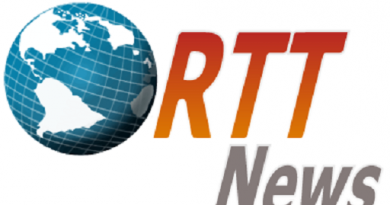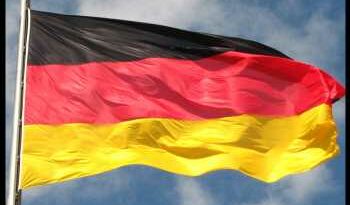Norway Central Bank Hikes Policy Rate By 50 Bps
The Norwegian central bank joined several of its peers in delivering a bigger than expected 50 basis point hike on Thursday amid the woes of high inflationary pressures and policymakers hinted that there will be another rate hike in August.
The Monetary Policy and Financial Stability Committee unanimously decided to raise the policy rate from 0.75 percent to 1.25 percent, Norges Bank said in a statement. Economists had expected a raise to 1.00 percent.
The central bank had left the policy rate unchanged in its last meeting early May. The previous change in the rate was a quarter-point hike in March.
“Based on the Committee’s current assessment of the outlook and balance of risks, the policy rate will most likely be raised further to 1.5 percent in August”, Norges Bank Governor Ida Bache said,
Policymakers assessed that a markedly higher policy rate is needed to stabilise inflation around the target.
A rise in wages and an increase in imported goods inflation will likely keep inflation above target for some time, the bank said.
“Prospects for a more prolonged period of high inflation suggest a faster rise in the policy rate than projected earlier,” Bache said.
“A faster rate rise now will reduce the risk of inflation remaining high and the need for a sharper tightening of monetary policy further out.”
The committee was concerned about the risk of inflation rising more than anticipated due to a lack of spare capacity in the Norwegian economy, global inflationary pressures, and a weaker Norwegian krone.
According to the revised monetary policy report of March 2022, the policy rate is forecast to rise to around 3 percent in summer 2023.
Economists at ING are not ruling out another surprise 50 basis point hike at the September meeting.
“Failing that, a rate rise at every remaining meeting this year looks increasingly likely,” they said.
ING economists also pointed out that there was a certain advantage to front-loading in this environment, especially for an energy-intensive economy like Norway’s.
Source: Read Full Article



